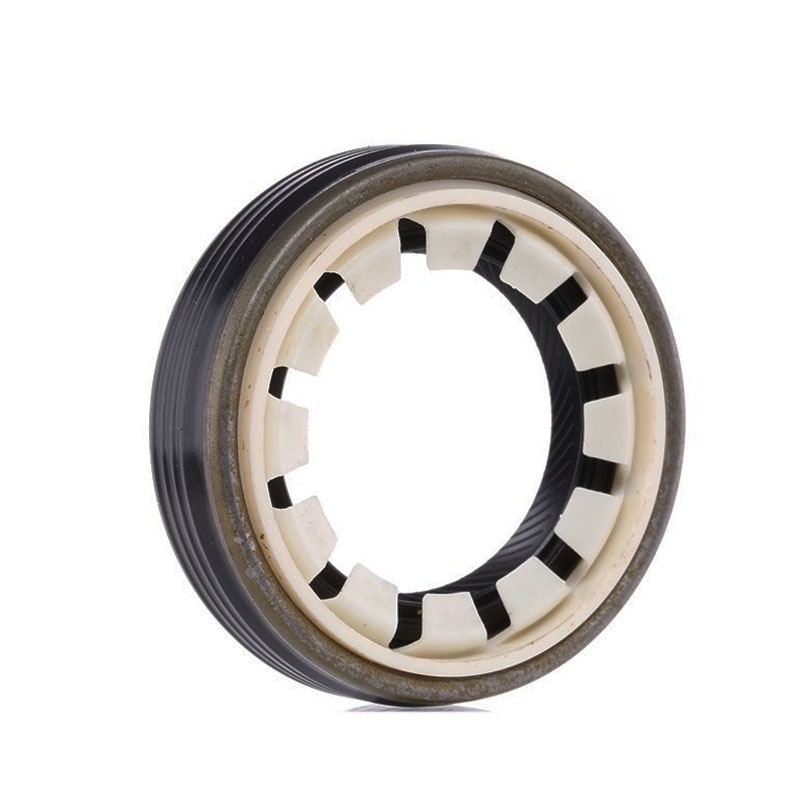Troubleshooting Oil Drain Plug Leaks and Maintenance Tips for Drivers
Understanding the Issue of Leaking Oil Drain Plugs
When it comes to maintaining a vehicle, one of the most critical components often overlooked is the oil drain plug. This small but significant part plays a pivotal role in ensuring the engine runs smoothly by allowing used oil to be drained during an oil change. However, a common issue that many car owners encounter is a leaking oil drain plug. Understanding the causes, implications, and solutions for this problem can save both time and money and prevent further damage to your vehicle.
Causes of Oil Drain Plug Leakage
There are several reasons why an oil drain plug might start to leak. One of the most frequent causes is improper installation. If the drain plug is not tightened to the manufacturer’s specifications, it can become loose over time, leading to oil dripping from the engine. Additionally, using the wrong type of gasket or sealant can cause misalignment and leakage.
Worn out or damaged components also contribute to leakage. Over time, the gasket that sits between the drain plug and the oil pan can deteriorate due to heat exposure and oil corrosion. Similarly, if the oil drain plug itself is stripped or cross-threaded during installation, it cannot create a proper seal and will allow oil to leak. Environmental factors, such as extreme temperatures and road debris, can exacerbate wear on these components.
Implications of a Leaking Oil Drain Plug
The implications of a leaking oil drain plug can be significant. Firstly, losing oil due to a leak can lead to low oil levels, which in turn can cause severe engine damage, such as overheating or even total engine failure. Oil is essential for lubricating the engine's moving parts, and a lack of sufficient oil can lead to increased friction and wear.
Additionally, the environmental impact of leaking oil cannot be overlooked. Oil leaks can lead to spills that contaminate soil and water sources, posing a risk to wildlife and ecosystems. Furthermore, a vehicle that leaks oil might not pass an emissions test, leading to additional costs and repairs for vehicle owners.
leaking oil drain plug

Identifying a Leak
Detecting a leaking oil drain plug is generally straightforward. A visible puddle or stain under the vehicle, particularly after an oil change, is often the first sign. Owners should also periodically check the oil level using the dipstick to identify any significant drops. Additionally, inspecting the oil drain plug and the surrounding area for wetness or oil residue can help ascertain whether a leak is present.
Solutions and Prevention
Once a leak is identified, the next step is to address it. The first solution may simply involve tightening the oil drain plug. It’s important to use the correct torque specifications to avoid overtightening, which can lead to stripping the threads or damaging the oil pan. If the plug or gasket is damaged, they will need to be replaced.
For prevention, consider using a new gasket every time an oil change is performed. It may also be beneficial to use a crush washer, which can help ensure a better seal between the plug and the oil pan. Regularly scheduled maintenance checks can also help detect potential issues before they worsen, reducing the risk of leaks.
Conclusion
In summary, a leaking oil drain plug can lead to significant issues for vehicle owners, including engine damage and environmental hazards. Understanding the causes of leaks, recognizing the implications, and knowing how to address them effectively is crucial for maintaining the health of your vehicle. By adhering to preventive measures and performing regular maintenance, car owners can ensure that their engines run smoothly and efficiently, prolonging the life of their vehicles while safeguarding the environment. Whether you’re a seasoned mechanic or a novice car enthusiast, being informed about the importance of the oil drain plug is essential for any vehicle owner.
-
The Ultimate Guide to Car Repair Kits: Tools and Essentials Every Driver Should Own
News Aug.01,2025
-
The Complete Guide to Oil Pan Gaskets: Sealing Engine Leaks the Right Way
News Aug.01,2025
-
Preventing Oil Leaks: A Complete Guide to Oil Pan Gaskets and Drain Seals
News Aug.01,2025
-
Everything You Need to Know About Oil Pan Gaskets and Drain Plug Seals
News Aug.01,2025
-
Essential for Car Owners: How to Use a Car Repair Kit to Deal with Minor Breakdown
News Aug.01,2025
-
Comprehensive Guide to Engine Oil Sump Gaskets and Related Seals
News Aug.01,2025
-
The Ultimate Guide to Boat Propeller Bearings and Trailer Wheel Bearings
News Jul.31,2025
Products categories















